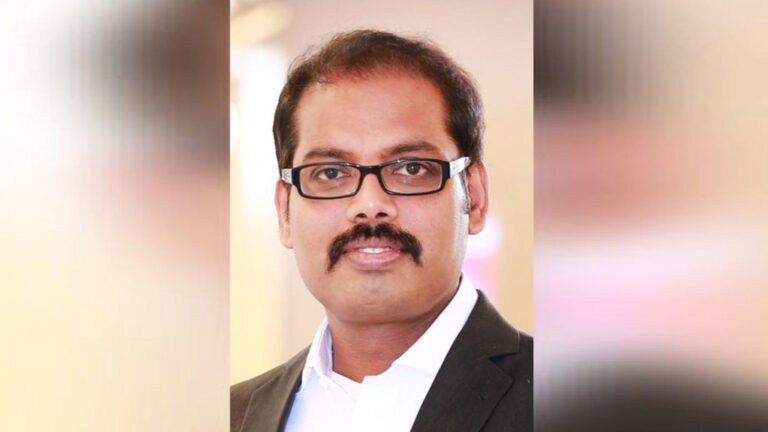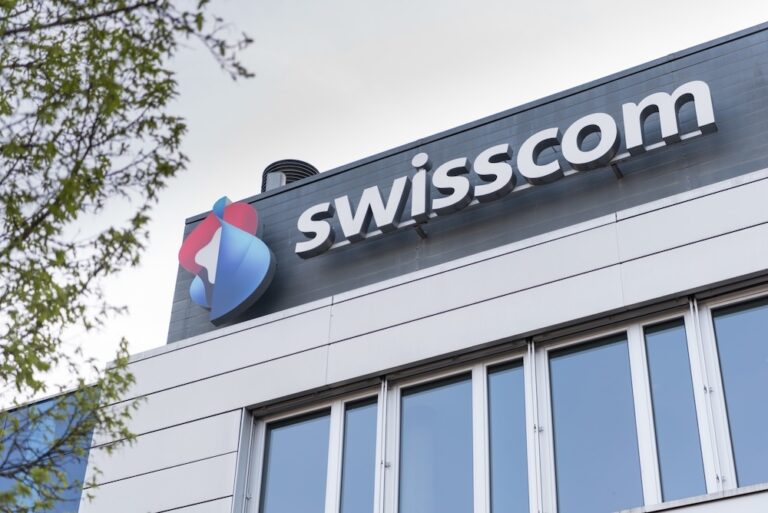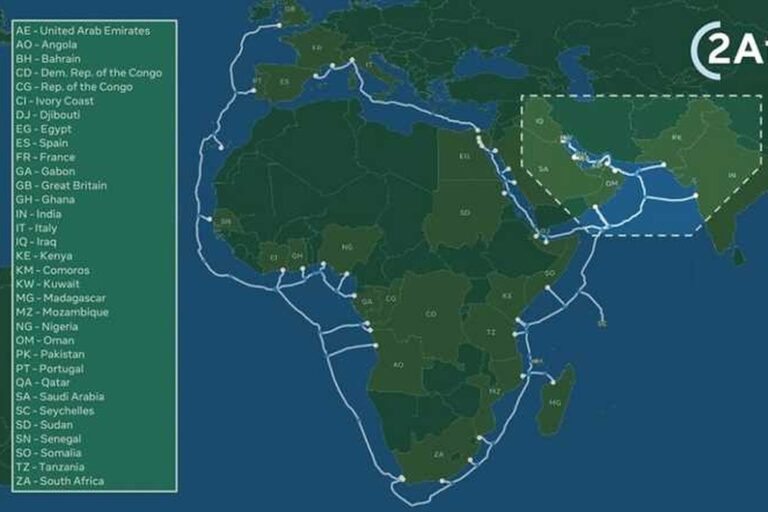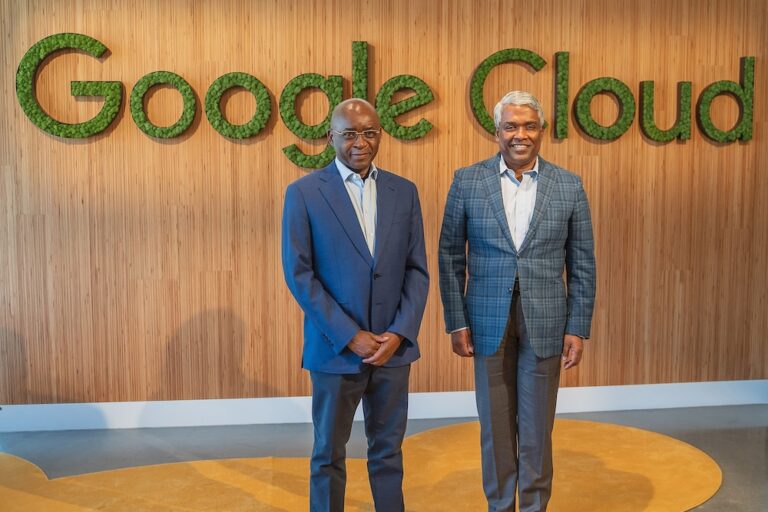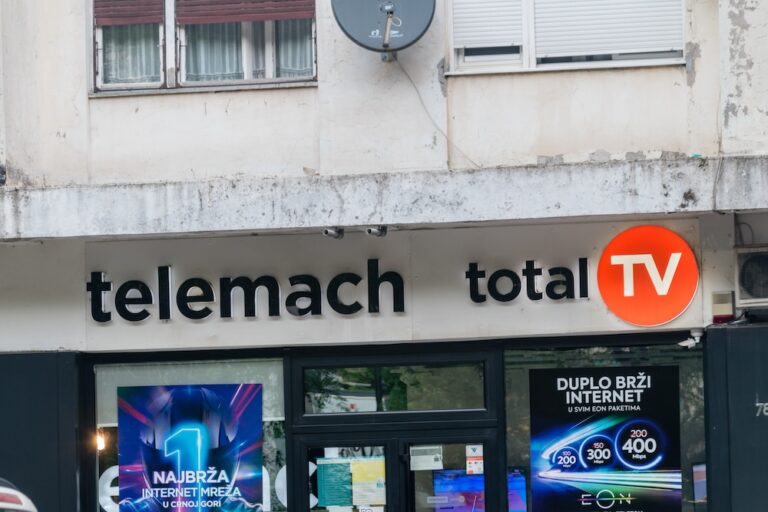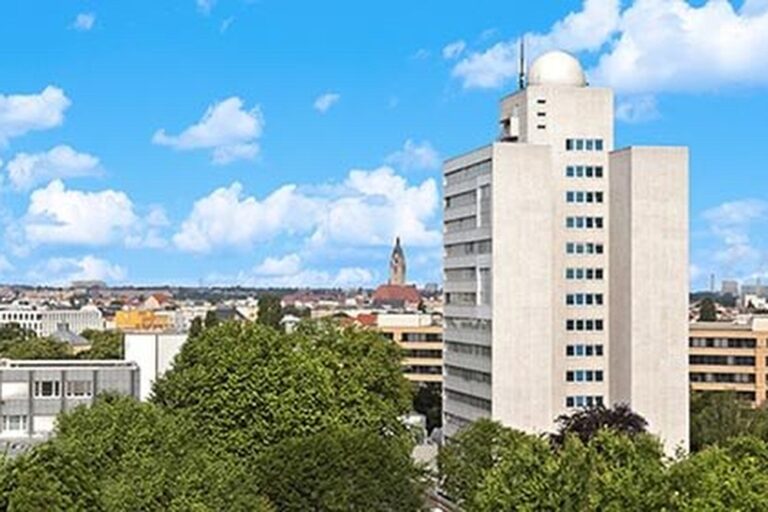In May the two completed what they described as the world’s first in-service software upgrade (ISSU) in the operator’s production network, underload and at scale
Germany’s O2 Telefónica and Ericsson have renewed the partnership covering the mobile core that started in 2020. It includes Ericsson’s cloud-native dual-mode 5G Core and cloud-based infrastructure solutions which serve O2 Telefónica’s 45 million mobile subscribers on 5G Standalone (SA), 5G non-Standalone (NSA), 4G and 2G.
O2 Telefónica recently announced plans to build on the capabilities of its cloud-native transformation which modernised its packet core network to run on Ericsson cloud infrastructure and rolled out 5G SA.
Now the operator intends to commercialise “differentiated connectivity” – launching 5G SA-enabled network slicing services with assured quality, as opposed to best effort. It also intends to exposure of network APIs.
The partners says they have already proved their automation expertise using Ericsson’s full-stack core network – that is, applications, infrastructure and automation tools.
Making an issue of ISSU
In May they completed what they claim is a world-first In-Service Software Upgrade (ISSU) of network functions in the core network’s user plane in O2 Telefónica’s production network under load, at scale and without service disruption.
ISSU is a cloud native feature that designed to allow mobile networks to upgrade software without service downtime.
ISSU increases the automation level of the network and greatly reduces the need for manual interventions. Delivered through a continuous integration and continuous delivery (CI/CD) pipeline, this improves flexibility and time to market for new services introduction and enhances operational efficiency.
The collaboration covers Ericsson’s dual-mode 5G Core, Cloud Native Infrastructure (bare metal Containers-as-a-Service infrastructure) and NFVI solutions, and a range of associated capabilities to deliver advanced 5G Core automation and orchestration.
Core network is the heartbeat
Mallik Rao, Chief Technology & Information Officer (CTIO) of O2 Telefonica (pictured), commented, “We always want to offer our customers an outstanding network experience by delivering the full value of cloud-native and 5G Standalone to them. The core network is the heartbeat for this. With Ericsson, we have embarked on a cloud-native transformation journey and are now going to develop it further by expanding our portfolio and capabilities towards network slicing, automation, and API access.
“For the first time worldwide, we have jointly implemented in-service software upgrades in the containerized user plane at scale. This allows us to roll out new features faster and without temporary maintenance breaks – an important step towards the network of the future.”
Last month O2 Telefónica Germany announced it would move 1 million 5G customers onto AWS’ cloud. It describes AWS’ action as “a bold move by the US online retailer to break into the global telecoms market”. No financial details about the arrangement have been disclosed.


